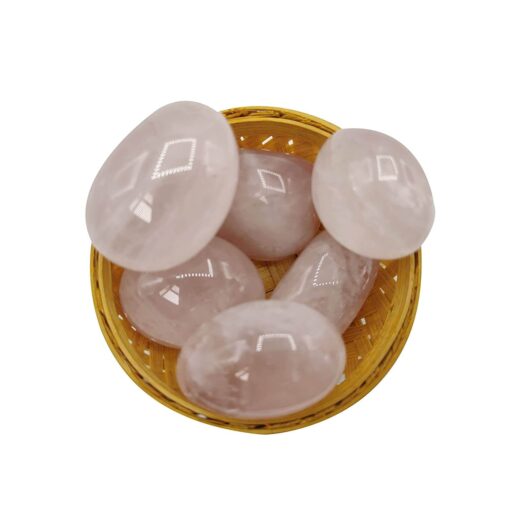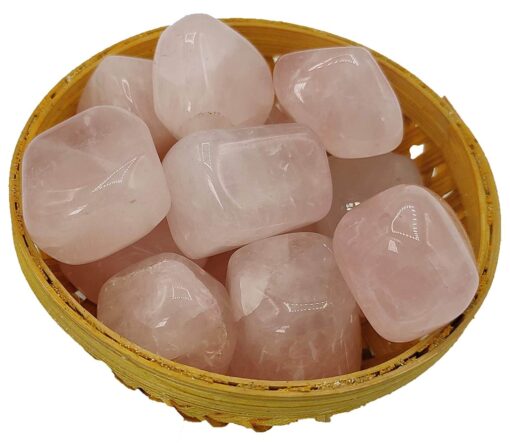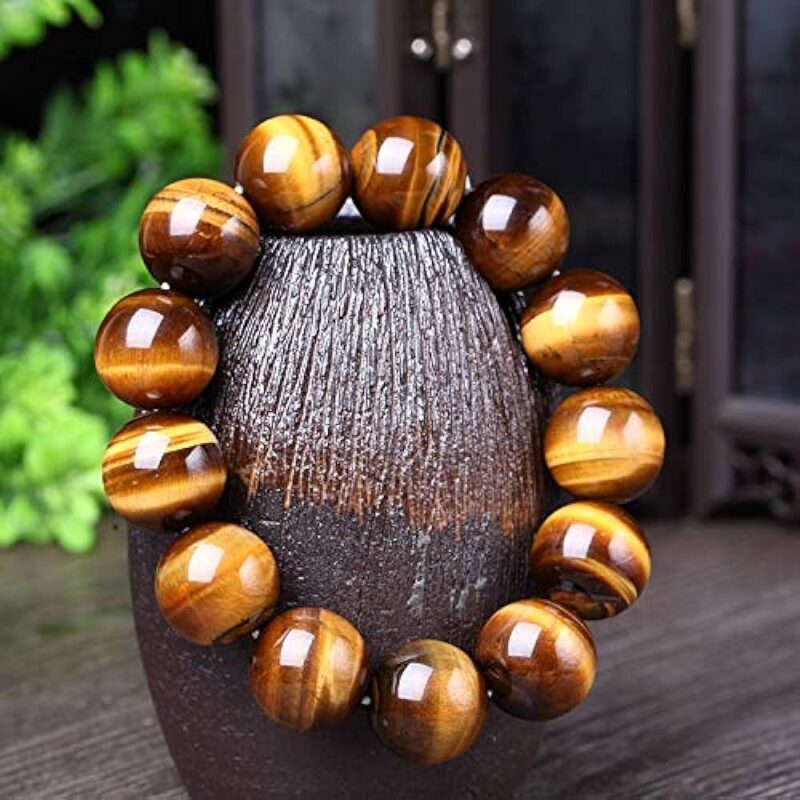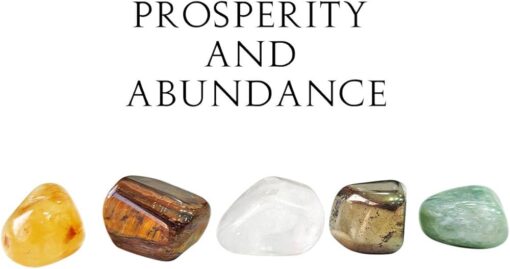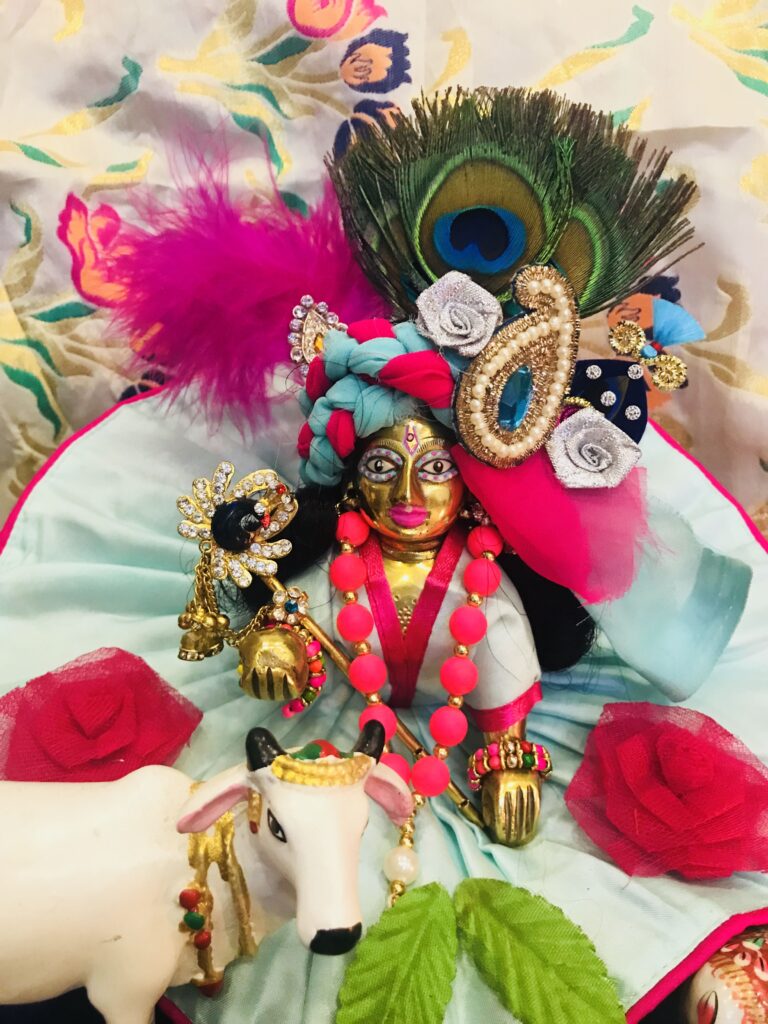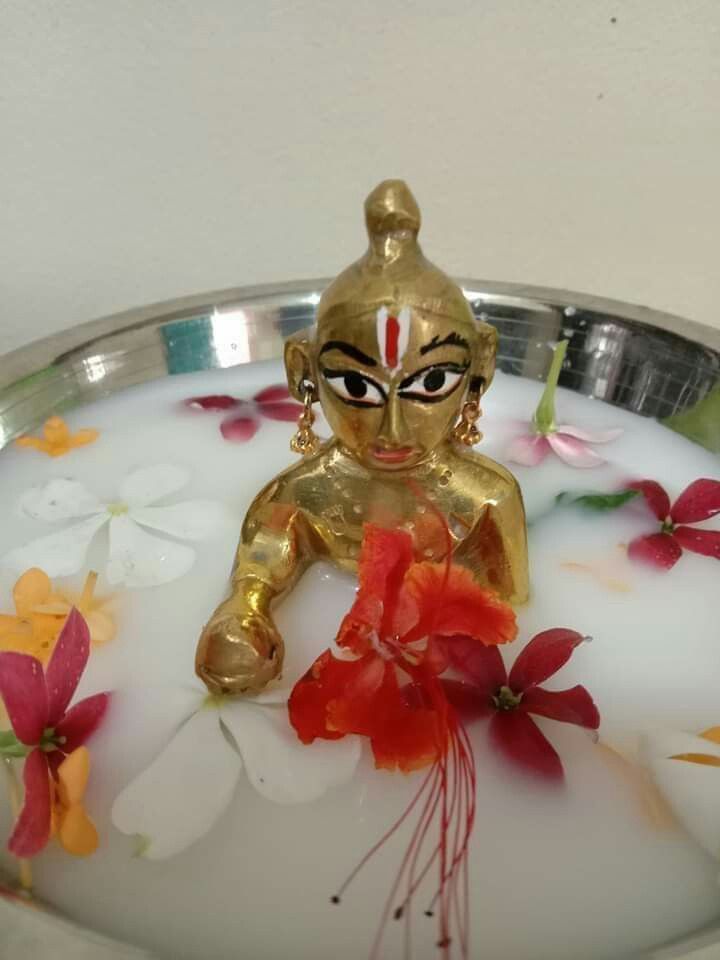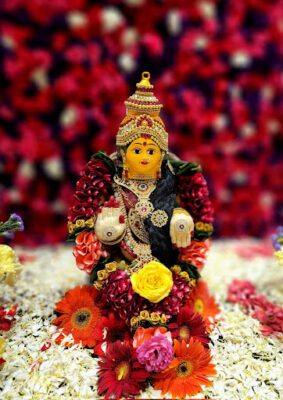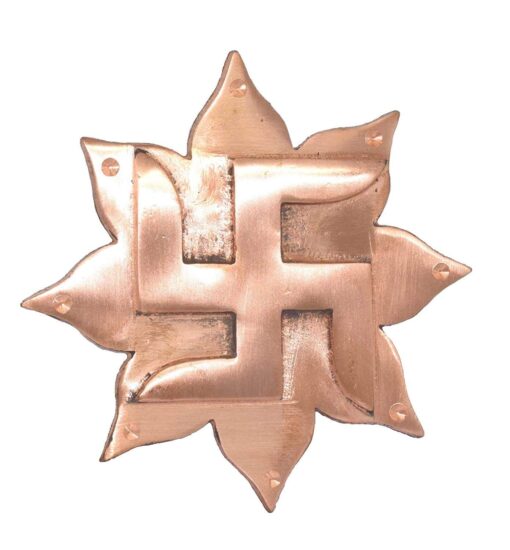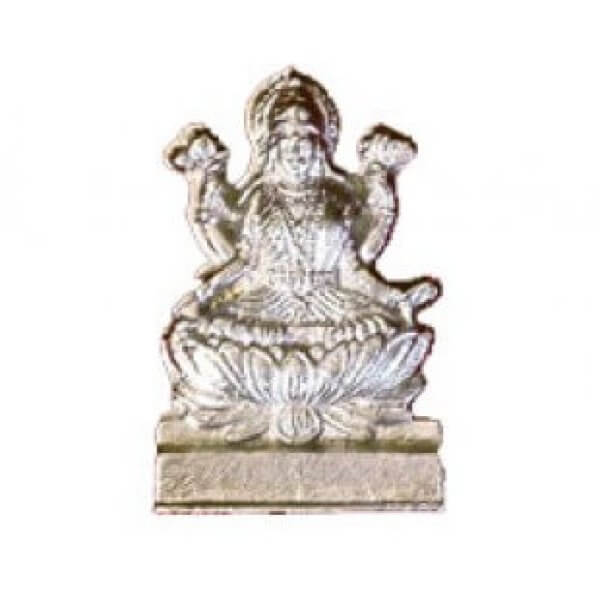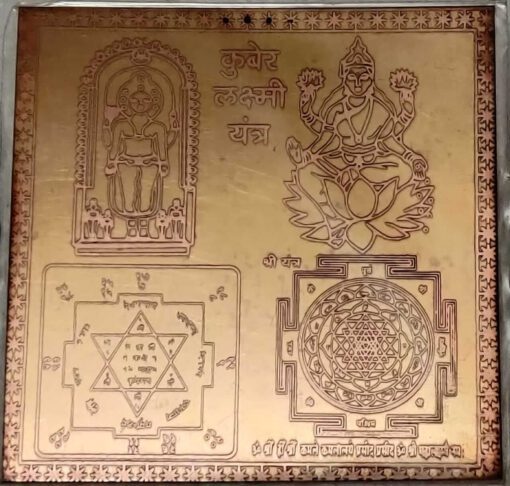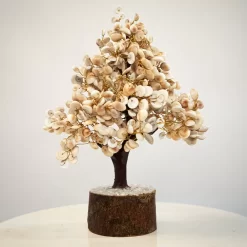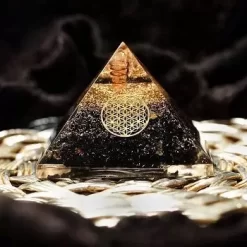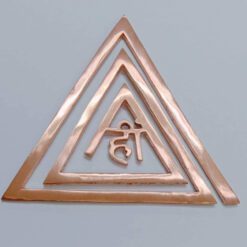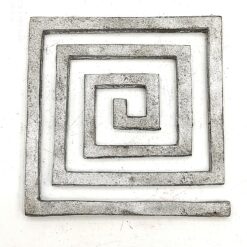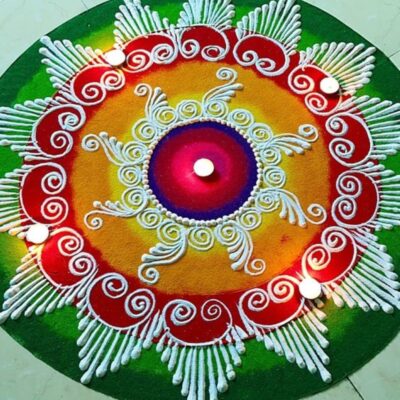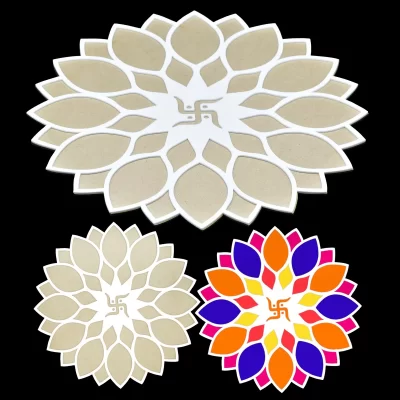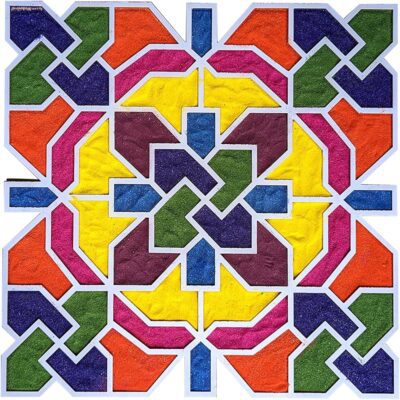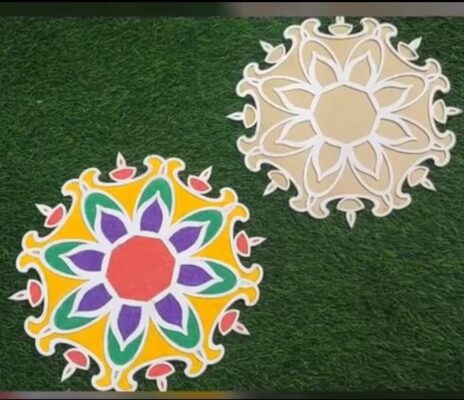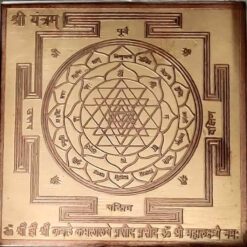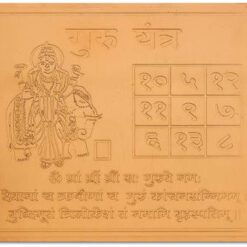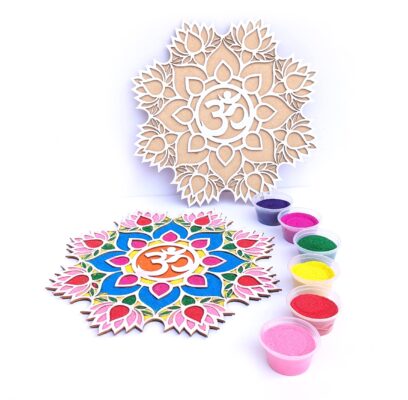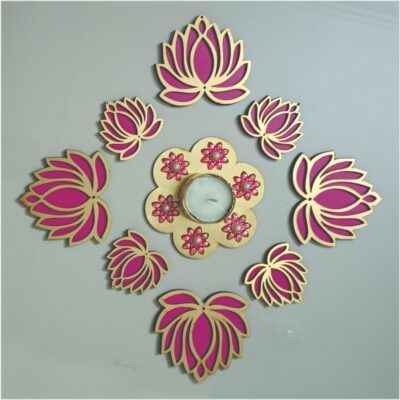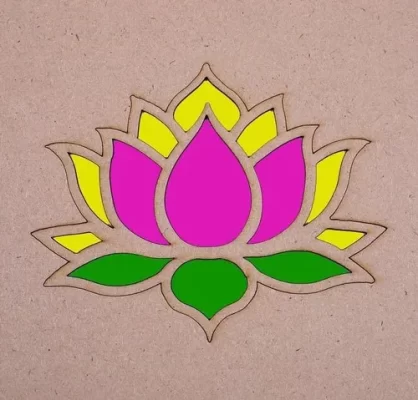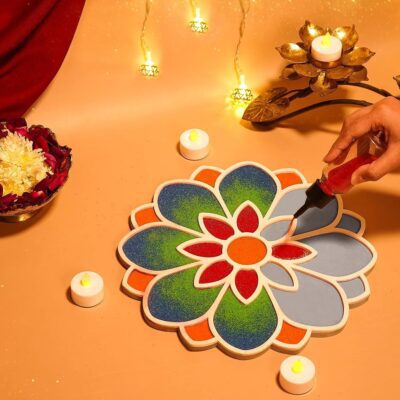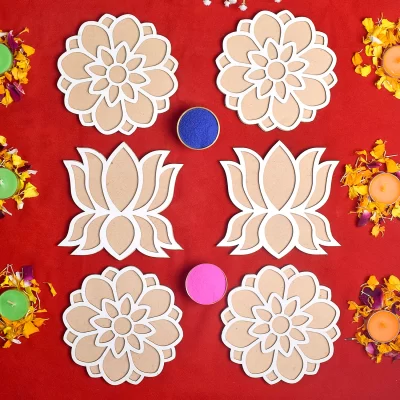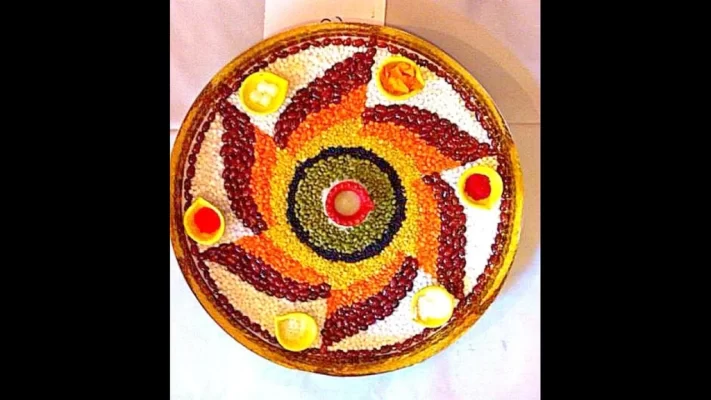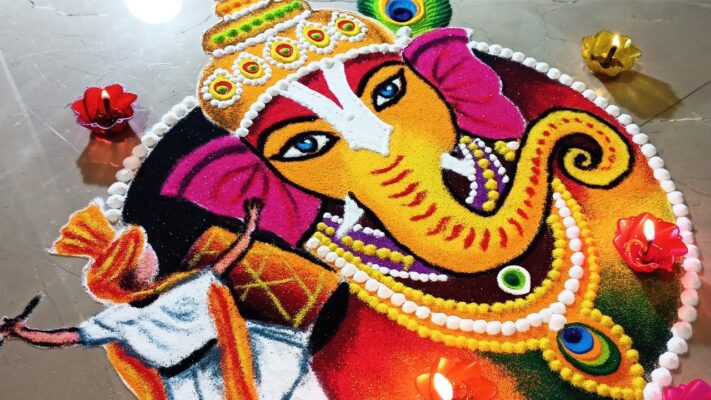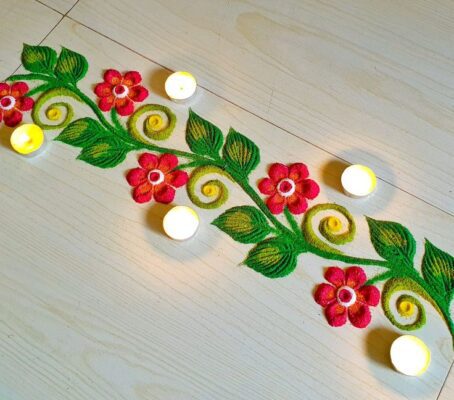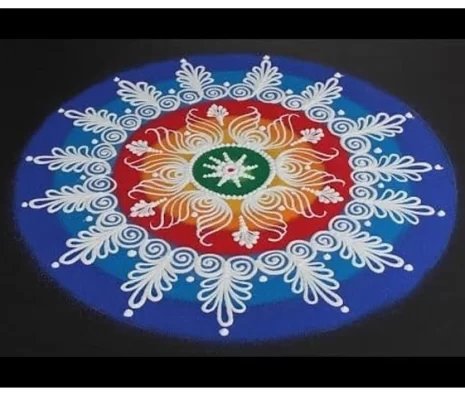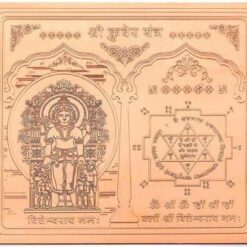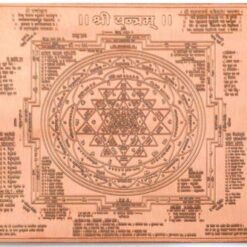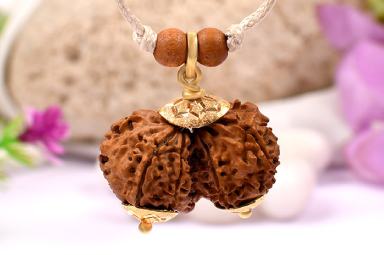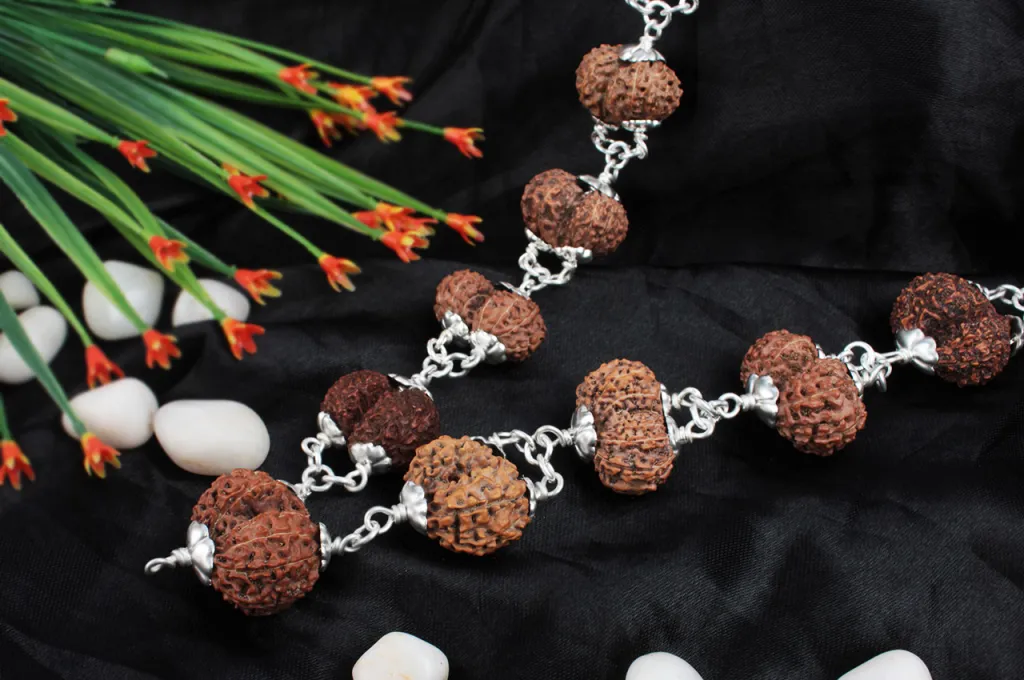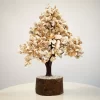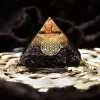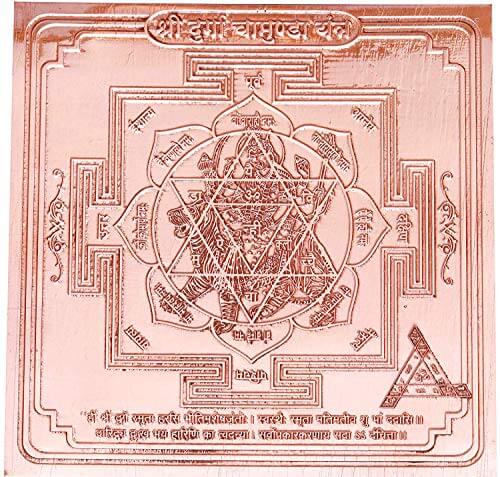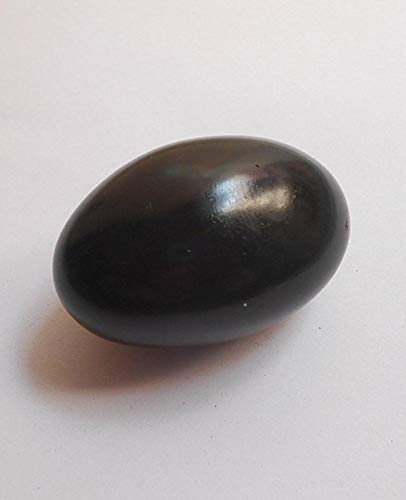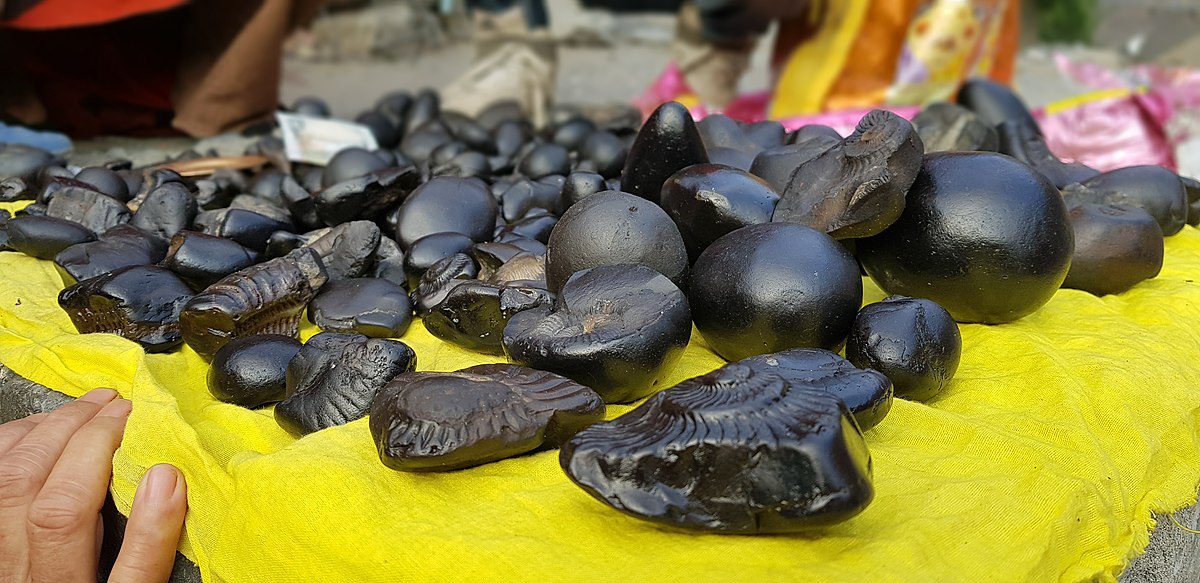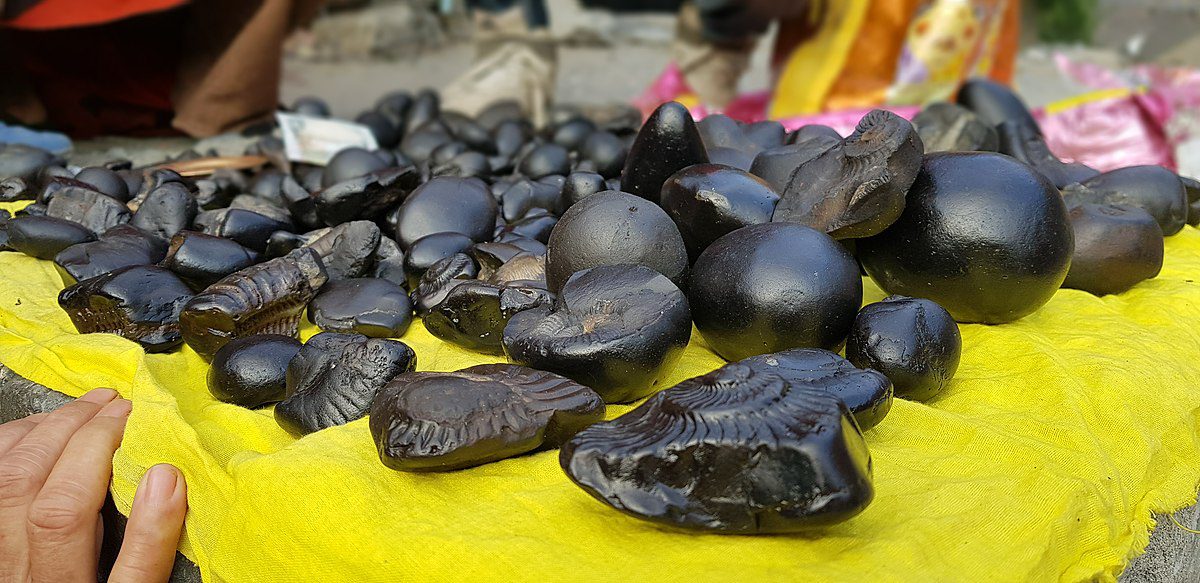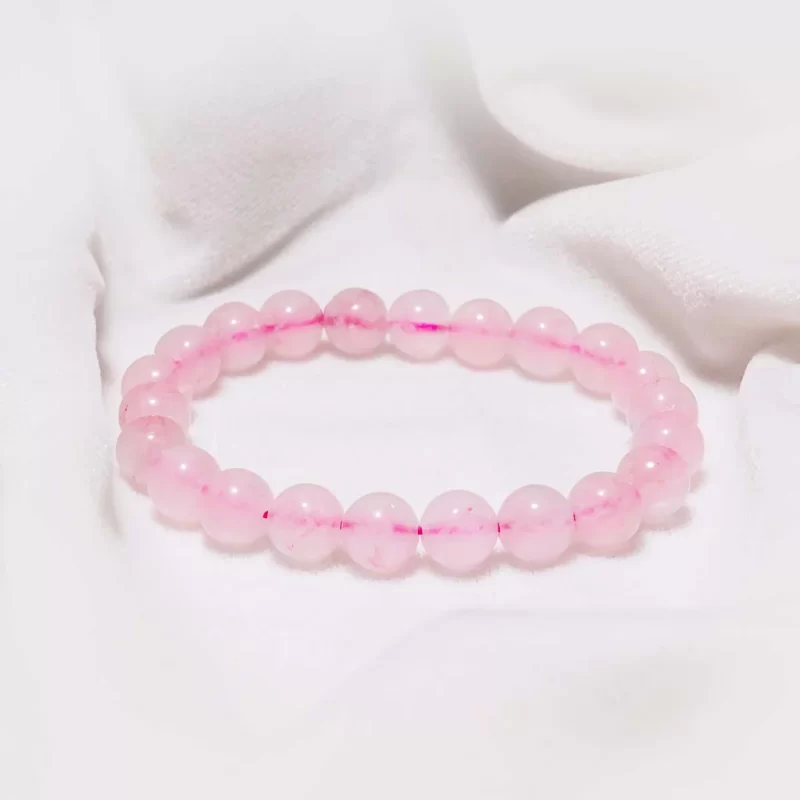
Using an Amethyst, Rose Quartz, and Clear Quartz healing crystal bracelet effectively involves integrating it into your daily life with intention and mindfulness. Here are practical ways to use and benefit from wearing such a bracelet:
-
Wearing the Bracelet Daily:
- Intentions and Affirmations: Before putting on the bracelet each day, set positive intentions or affirmations related to what you wish to manifest or enhance in your life. Focus on qualities like love, peace, clarity, or healing.
-
Meditation and Spiritual Practices:
- Hold or Wear During Meditation: During meditation sessions, hold the bracelet in your hands or wear it on your wrist. Focus on the energy of the crystals to deepen your meditation experience, enhance spiritual awareness, and receive insights.
-
Chakra Healing and Balancing:
- Chakra Alignment: Each crystal corresponds to specific chakras—Amethyst to the crown chakra (spirituality), Rose Quartz to the heart chakra (love and compassion), and Clear Quartz to all chakras (amplification). Use the bracelet to balance and align these energy centers for overall well-being.
-
Emotional Support:
- Wear for Emotional Healing: The combination of Amethyst and Rose Quartz promotes emotional healing, reduces stress, and fosters inner peace and self-love. Wear the bracelet during challenging times or when needing emotional support.
-
Setting and Achieving Goals:
- Amplifying Intentions: Clear Quartz is known for its amplifying properties. Wear the bracelet to amplify your intentions and goals, aiding in manifestation and achieving clarity in decision-making.
-
Personal Growth and Self-Care:
- Daily Reminder of Self-Love: Rose Quartz encourages self-love and nurturing. Use the bracelet as a daily reminder to prioritize self-care, self-acceptance, and emotional well-being.
-
Relationships and Harmony:
- Promoting Loving Connections: Rose Quartz promotes loving relationships and compassion. Wear the bracelet to enhance your connection with others, fostering empathy, forgiveness, and harmonious interactions.
-
Cleansing and Charging:
- Regular Maintenance: Crystals absorb energies, so cleanse and recharge your bracelet regularly. Methods include rinsing under cool water, smudging with sage or palo santo smoke, or placing on a selenite charging plate or in moonlight.
-
Energy Amplification:
- Combine with Other Crystals: Clear Quartz amplifies the energies of other crystals. Pair your bracelet with other crystals or create a crystal grid to amplify specific intentions or healing energies.
-
Intuitive Practices:
- Trust Your Intuition: Allow your intuition to guide you in how best to use the bracelet. Pay attention to any sensations, emotions, or insights that arise while wearing it.
By incorporating these practices into your daily routine, you can harness the healing energies of Amethyst, Rose Quartz, and Clear Quartz to promote spiritual growth, emotional healing, and overall well-being. Remember to cleanse and recharge your bracelet regularly to maintain its effectiveness and continue experiencing its positive benefits.
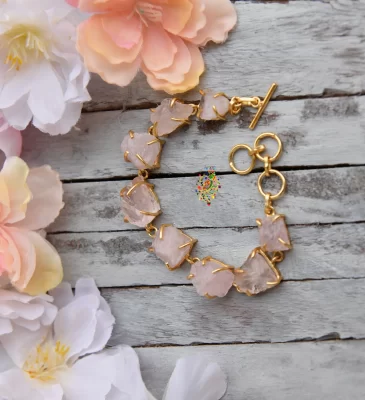
Amethyst Benefits:
-
Spiritual Protection: Amethyst is known for its ability to create a protective shield around the wearer, guarding against negative energies and psychic attacks.
-
Stress Relief: It promotes relaxation and reduces stress and anxiety. Amethyst’s calming energy soothes the mind and helps in achieving a deep state of meditation.
-
Intuition and Spiritual Awareness: Amethyst enhances intuition and psychic abilities, facilitating spiritual growth and inner wisdom. It aids in connecting with higher realms and receiving spiritual guidance.
-
Sobriety and Addiction Recovery: Historically used for overcoming addictions and unhealthy habits, Amethyst supports sobriety and promotes self-control.
-
Physical Healing: Amethyst is believed to alleviate headaches, insomnia, and other physical ailments. It purifies the aura and balances the chakras, promoting overall wellness.
Rose Quartz Benefits:
-
Unconditional Love: Rose Quartz is the stone of love and compassion. It opens the heart chakra, fostering forgiveness, empathy, and unconditional love for oneself and others.
-
Emotional Healing: It soothes emotional wounds, grief, and trauma. Rose Quartz brings inner peace, comfort, and reassurance, promoting emotional healing and self-acceptance.
-
Harmonious Relationships: By enhancing love and compassion, Rose Quartz improves relationships, fostering deeper connections based on mutual understanding and trust.
-
Self-Love and Confidence: This crystal encourages self-love, self-worth, and self-acceptance. It boosts confidence and helps in overcoming feelings of inadequacy or unworthiness.
-
Heart Chakra Balance: Rose Quartz balances the heart chakra, promoting emotional equilibrium, joy, and happiness in life.
Clear Quartz Benefits:
-
Amplification of Energy: Clear Quartz is a powerful amplifier of energy and intentions. It enhances the effects of other crystals and strengthens one’s aura.
-
Clarity and Focus: It clears the mind of distractions and enhances mental clarity and focus. Clear Quartz aids in decision-making and problem-solving by providing insight and perspective.
-
Healing and Purification: This crystal cleanses and purifies the energy field, promoting physical and emotional healing. It balances the chakras and restores energy flow.
-
Spiritual Connection: Clear Quartz facilitates spiritual growth and awareness. It aligns with all chakras and enhances meditation practices, deepening spiritual insights and connections.
-
Harmony and Balance: By harmonizing the energy within the body and environment, Clear Quartz promotes overall balance, well-being, and vitality.
Combined Benefits of the Bracelet:
-
Holistic Healing: Wearing an Amethyst, Rose Quartz, and Clear Quartz bracelet combines their complementary energies for holistic healing of the mind, body, and spirit.
-
Emotional Balance: Rose Quartz provides emotional healing and promotes love and compassion, while Amethyst reduces stress and enhances emotional stability. Clear Quartz amplifies these effects, fostering emotional balance and harmony.
-
Spiritual Growth: Amethyst enhances intuition and spiritual awareness, Rose Quartz fosters love and connection, and Clear Quartz amplifies spiritual energies. Together, they support spiritual growth, meditation, and inner transformation.
-
Protection and Clarity: Amethyst offers protection from negative energies, Clear Quartz enhances mental clarity and focus, and Rose Quartz promotes emotional clarity and forgiveness. This combination helps in navigating challenges with resilience and clarity.
-
Self-Love and Relationships: Rose Quartz encourages self-love and nurturing, essential for healthy relationships. Amethyst supports clear communication and intuition, while Clear Quartz amplifies loving energies, fostering positive interactions and connections.
By wearing an Amethyst, Rose Quartz, and Clear Quartz healing crystal bracelet, individuals can benefit from their combined energies, promoting overall well-being, emotional healing, spiritual growth, and harmonious relationships in their lives. Regularly cleanse and recharge the bracelet to maintain its effectiveness and continue experiencing its positive effects.
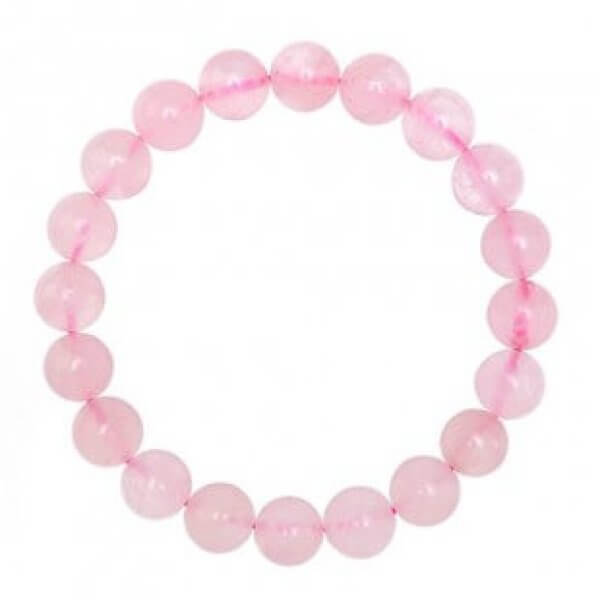

HOW TO USE :
- Wearing the Bracelet Daily:
-
- Intentions and Affirmations: Before putting on the Crystal bracelet each day, set positive intentions or affirmations related to what you wish to manifest or enhance in your life. Focus on qualities like love, peace, clarity, or healing.
-
Meditation and Spiritual Practices:
- Hold or Wear During Meditation: During meditation sessions, hold the bracelet in your hands or wear it on your wrist. Focus on the energy of the crystals to deepen your meditation experience, enhance spiritual awareness, and receive insights.
- Intentions and Affirmations: Before putting on the Crystal bracelet each day, set positive intentions or affirmations related to what you wish to manifest or enhance in your life. Focus on qualities like love, peace, clarity, or healing.
-
Chakra Healing and Balancing:
- Chakra Alignment: Each crystal corresponds to specific chakras—Amethyst to the crown chakra (spirituality), Rose Quartz to the heart chakra (love and compassion), and Clear Quartz to all chakras (amplification). Use the bracelet to balance and align these energy centers for overall well-being.
-
Emotional Support:
- Wear for Emotional Healing: The combination of Amethyst and Rose Quartz promotes emotional healing, reduces stress, and fosters inner peace and self-love. Wear the bracelet during challenging times or when needing emotional support.
-
Setting and Achieving Goals:
- Amplifying Intentions: Clear Quartz is known for its amplifying properties. Wear the bracelet to amplify your intentions and goals, aiding in manifestation and achieving clarity in decision-making.
-
Personal Growth and Self-Care:
- Daily Reminder of Self-Love: Rose Quartz encourages self-love and nurturing. Use the bracelet as a daily reminder to prioritize self-care, self-acceptance, and emotional well-being.
-
Relationships and Harmony:
- Promoting Loving Connections: Rose Quartz promotes loving relationships and compassion. Wear the bracelet to enhance your connection with others, fostering empathy, forgiveness, and harmonious interactions.
-
Cleansing and Charging:
- Regular Maintenance: Crystals absorb energies, so cleanse and recharge your bracelet regularly. Methods include rinsing under cool water, smudging with sage or palo santo smoke, or placing on a selenite charging plate or in moonlight.
-
Energy Amplification:
- Combine with Other Crystals: Clear Quartz amplifies the energies of other crystals. Pair your bracelet with other crystals or create a crystal grid to amplify specific intentions or healing energies.
-
Intuitive Practices:
- Trust Your Intuition: Allow your intuition to guide you in how best to use the bracelet. Pay attention to any sensations, emotions, or insights that arise while wearing it.



